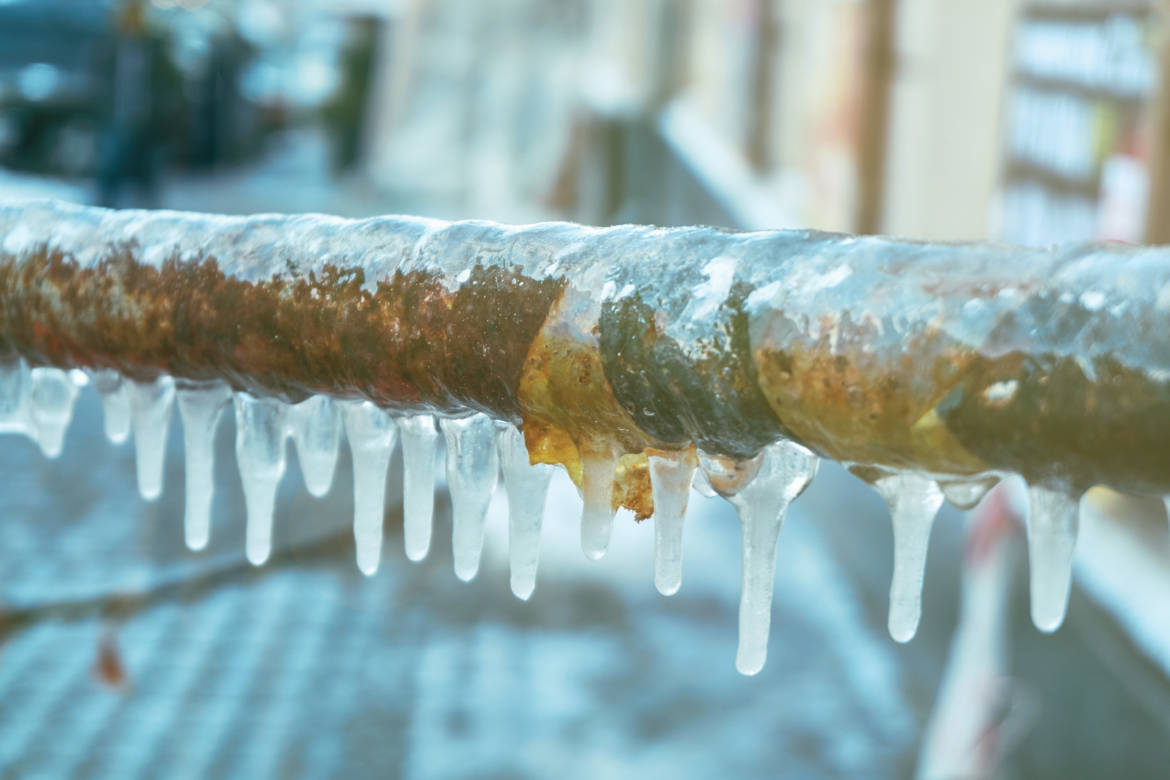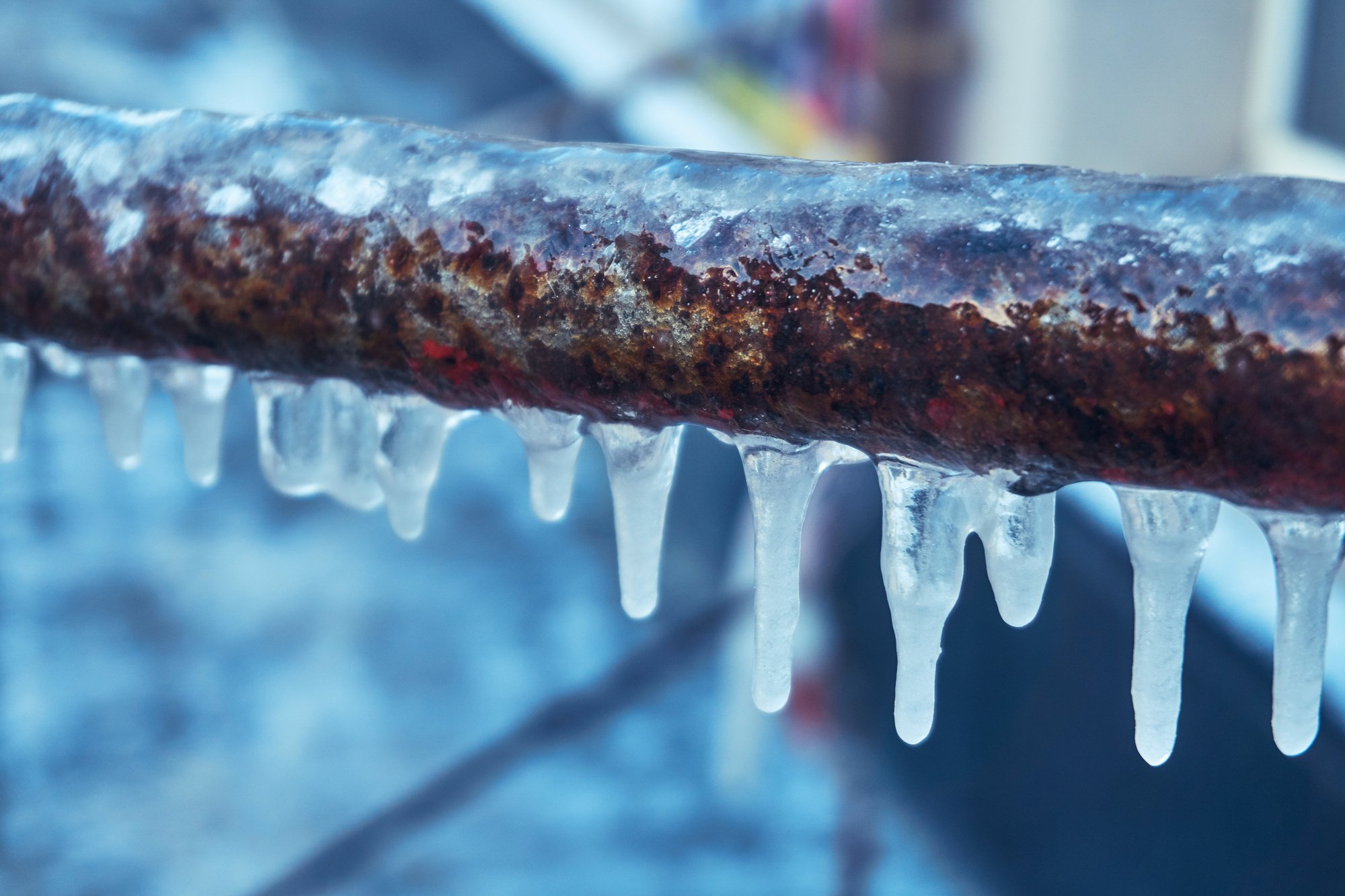Protecting Pipes from Cold Weather Damage: Essential Tips
Protecting Pipes from Cold Weather Damage: Essential Tips
Blog Article
Just how do you actually feel about Winter Plumbing Precautions: Preventing Frozen Pipes?

Cold weather can damage your pipes, particularly by freezing pipes. Here's exactly how to avoid it from taking place and what to do if it does.
Intro
As temperatures decline, the danger of frozen pipes increases, possibly resulting in costly repair work and water damages. Recognizing how to avoid icy pipelines is important for home owners in cool climates.
Avoidance Tips
Shielding susceptible pipelines
Wrap pipes in insulation sleeves or utilize warm tape to protect them from freezing temperatures. Focus on pipelines in unheated or exterior areas of the home.
Home heating techniques
Keep interior areas properly heated up, specifically locations with plumbing. Open cupboard doors to enable cozy air to flow around pipes under sinks.
How to identify frozen pipes
Search for reduced water flow from faucets, unusual odors or noises from pipes, and visible frost on exposed pipes.
Long-Term Solutions
Structural modifications
Take into consideration rerouting pipelines away from outside wall surfaces or unheated areas. Include added insulation to attics, basements, and crawl spaces.
Updating insulation
Purchase top quality insulation for pipelines, attics, and wall surfaces. Appropriate insulation helps preserve constant temperature levels and minimizes the risk of frozen pipelines.
Safeguarding Outdoor Plumbing
Yard tubes and outside taps
Detach and drain yard hoses prior to winter season. Mount frost-proof spigots or cover exterior faucets with protected caps.
Recognizing Frozen Pipelines
What triggers pipelines to freeze?
Pipes freeze when revealed to temperatures below 32 ° F (0 ° C) for expanded durations. As water inside the pipes ices up, it increases, putting pressure on the pipe walls and potentially causing them to rupture.
Dangers and problems
Icy pipelines can lead to water system disturbances, home damage, and pricey fixings. Ruptured pipelines can flooding homes and trigger comprehensive structural damage.
Indicators of Frozen Pipes
Recognizing icy pipelines early can avoid them from rupturing.
What to Do If Your Pipes Freeze
Immediate activities to take
If you presume frozen pipelines, maintain taps open to eliminate pressure as the ice thaws. Use a hairdryer or towels taken in warm water to thaw pipelines gradually.
Final thought
Stopping frozen pipelines requires aggressive steps and fast reactions. By recognizing the causes, indications, and safety nets, house owners can secure their plumbing during winter.
5 Ways to Prevent Frozen Pipes
Drain Outdoor Faucets and Disconnect Hoses
First, close the shut-off valve that controls the flow of water in the pipe to your outdoor faucet. Then, head outside to disconnect and drain your hose and open the outdoor faucet to allow the water to completely drain out of the line. Turn off the faucet when done. Finally, head back to the shut-off valve and drain the remaining water inside the pipe into a bucket or container. Additionally, if you have a home irrigation system, you should consider hiring an expert to clear the system of water each year.
Insulate Pipes
One of the best and most cost-effective methods for preventing frozen water pipes is to wrap your pipes with insulation. This is especially important for areas in your home that aren’t exposed to heat, such as an attic. We suggest using foam sleeves, which can typically be found at your local hardware store.
Keep Heat Running at 65
Your pipes are located inside your walls, and the temperature there is much colder than the rest of the house. To prevent your pipes from freezing, The Insurance Information Institute suggests that you keep your home heated to at least 65 degrees, even when traveling. You may want to invest in smart devices that can keep an eye on the temperature in your home while you’re away.
Leave Water Dripping
Moving water — even a small trickle — can prevent ice from forming inside your pipes. When freezing temps are imminent, start a drip of water from all faucets that serve exposed pipes. Leaving a few faucets running will also help relieve pressure inside the pipes and help prevent a rupture if the water inside freezes.
Open Cupboard Doors
Warm your kitchen and bathroom pipes by opening cupboards and vanities. You should also leave your interior doors ajar to help warm air circulate evenly throughout your home.

Do you like more info about Prevent Frozen Pipes ? Try leaving feedback further down. We will be glad to see your thinking about this write up. We hope to see you back again before long. Make sure you take the opportunity to share this blog entry if you liked it. I treasure reading our article about Winter Plumbing Precautions: Preventing Frozen Pipes.
Quote & Schedule Report this page